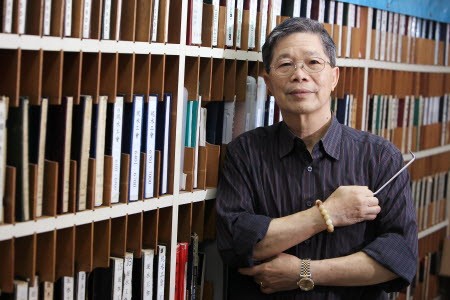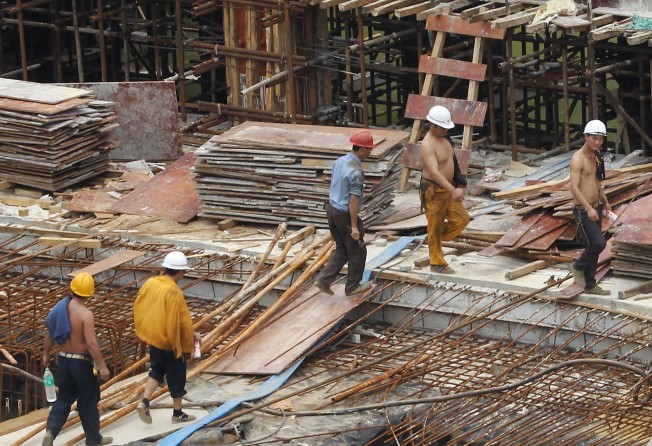
Bar-benders safer, more comfortable and better paid

Working in the bar-bending industry for half a century, Luk Kwan-ngai has witnessed many changes in the industry, in areas from environment and wages to safety.
"The working environment is safer and cleaner. It has improved a lot," Luk said.
"Showering facilities, drinking water and temporary sunshades are all provided on construction sites. We now work about eight hours a day. We have two rest breaks - a 15-minute break in the morning and a 30-minute rest in the afternoon."
During the colder months only the afternoon break is given, but last year the Construction Industry Council recommended that the morning break be added during summer months to help reduce heatstroke concerns in hot weather.
Site safety and health measures are among the efforts by the government and the private sector to attract manpower in the face of a shortage of construction workers.
"To attract young people to join the industry, we have tried to improve the working environment, such as providing more facilities, including showers," Sino Land associate director Victor Tin Sio-un said.
Other initiatives include wage increases and improving the image of the industry, which has long been regarded as dirty, dangerous and lower-class.
"Five years ago, skilled bar-bending workers like me earned about HK$1,000 a day; now it has increased to about HK$1,800 per day," Luk said. "We have seen newcomers, their ages ranging from 20 to 50 years old."
Secretary for Development Paul Chan Mo-po said on his blog in January that the government would study and implement safety measures regarding high-risk work and refine guidelines on works and designs to enhance work safety.
Chan said more young people would be drawn to the construction industry with further improvements in site safety.
He said the accident rate for public works projects had dropped more than 80 per cent to 9.7 per 1,000 workers in 2012 from 56.6 in 1996.